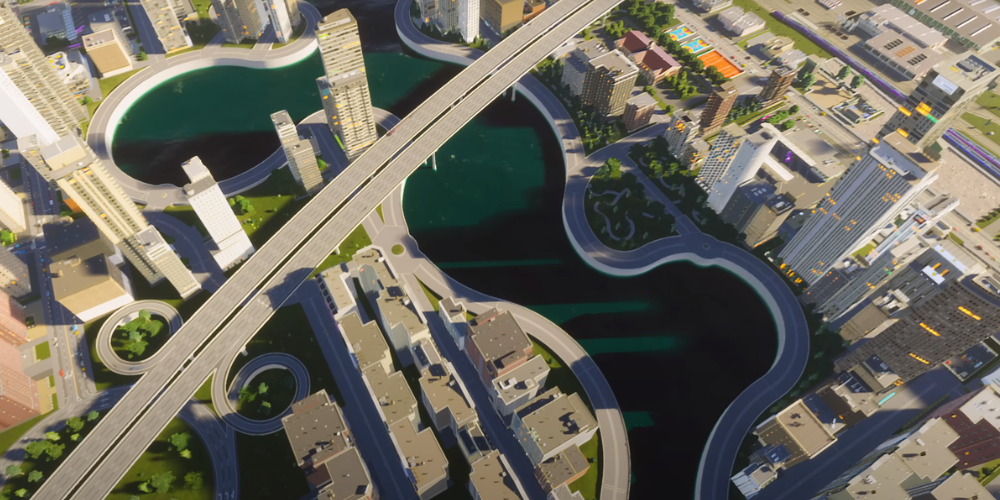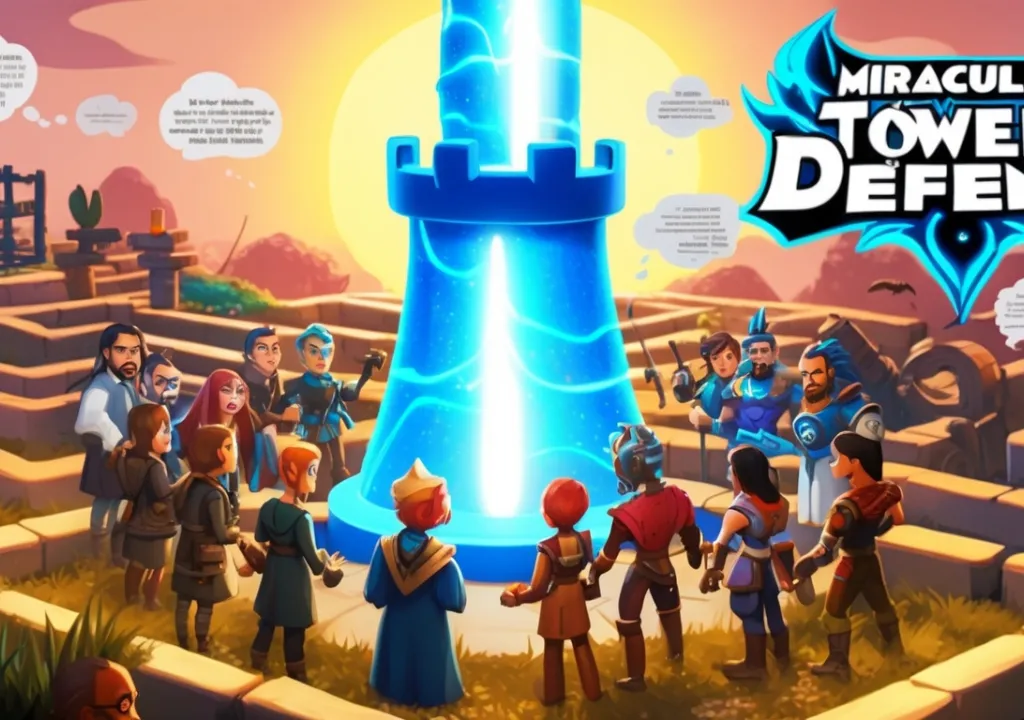
The eagerly anticipated sequel to the city management sensation, Cities: Skylines 2, has hit a significant snag in its graphical performance, prompting a blend of concern and curiosity from players and tech enthusiasts alike. Initial warnings from developer Colossal Order hinted at performance issues, but it was when the game launched that the reality of its GPU-hungry architecture became vividly clear. Even with graphic settings dialed to their lowest, running the game smoothly remains a challenge for many players.
At the heart of the struggle lies an overabundance of polygons in rendering cityscapes — an inexplicable choice in an era where efficiency and optimization are key. The technical analysis by software developer Paavo Huhtala sheds light on this polygon predicament, revealing an astonishing number of vertices for even the simplest of models. Comparisons to other graphically intensive games, like Cyberpunk 2077, illustrate a stark difference in rendering management, with Cities: Skylines 2 handling an excessive number of draw and API calls that put needless strain on GPUs.
One of the standout aspects of this rendering conundrum is the absence of Level of Detail (LOD) versions for high polygon models. LODs are crucial for reducing the graphical load at distant views, a practice that needs to be added in Cities: Skylines 2, resulting in massive processing of detail that would typically be imperceptible to the player. This particularly impacts the game's shadow rendering, which calls for multiple passes and a disproportionate amount of frame time, despite shadows being a feature easily reduced for performance gains.
The journey of Cities: Skylines 2's development is also a tale of unfortunate timing and complex technology. The Unity engine's DOTS and HDRP features, designed to enable detailed and interactive gaming worlds, were still in their infancy when development began. The developers, faced with ever-evolving tools, were compelled to custom-craft solutions amidst shifting sands. The amalgamation of ambitious design choices and an evolving development platform created a perfect storm that challenged the game's performance at its core.
In conclusion, the technical examination of Cities: Skylines 2 is not merely a critique but a lesson in the rigors of modern game development. The choice to prioritize high-detail models without necessary infrastructure and optimizations has hampered performance, leaving players hoping for improvements. As the game continues to evolve, there's potential for rectification. However, the situation illustrates how critical it is for developers to balance innovation with the realities of current technology, lest their vision outstrips the capability of their chosen tools and the hardware of their audience.








